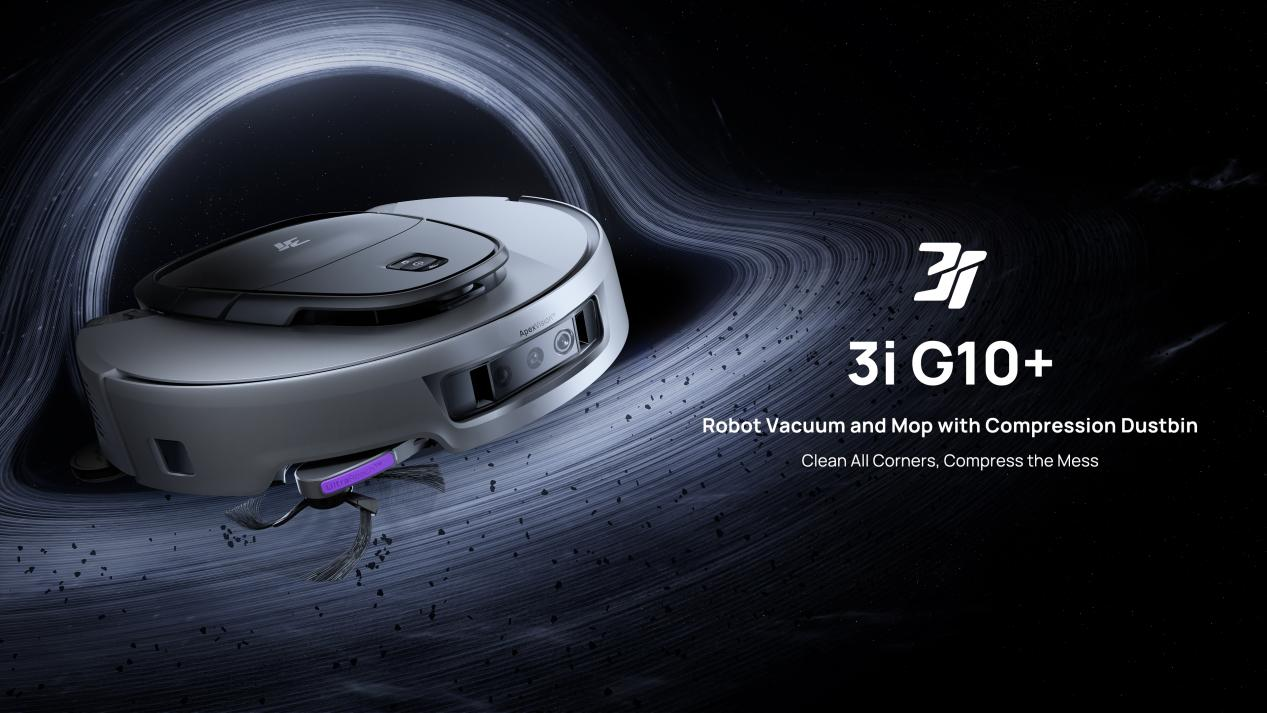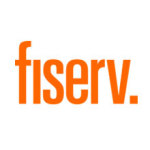Not so Hot as a Commodity: Processing Tech Must Do More for Prepaid
The digitization of the economy and electronification of money is opening a new world of opportunities in payments. As financial institutions (FIs) and brands seek to grow their businesses by offering more compelling products, the prepaid card market—projected to reach US $3.1 trillion globally by 2022—must be able to adapt.
Prepaid cards have great future potential, and the winners will be those with the vision, foresight, modern technology and tools to make the most of it. That’s because prepaid is much more than just a gift card on a J-hook. Winning prepaid programs are sophisticated and flexible payment solutions that solve real-world problems. We’re seeing our customers around the world drive real value and revenue from a variety of innovative use cases and applications, such as multicurrency and airline travel cards, disaster relief programs from nonprofits like Oxfam, post office financial services offerings, travel, entertainment, and health care expense and management, to name a few.
Demands of Differentiation
What all these programs have in common is that they extend the value of the payment beyond the transaction and align with how today’s digital and mobile consumers conduct their lives. These use cases represent an experience that may not have existed or even been imagined just five years ago. They offer cardholders new options, more visibility, and better control over how they manage and spend their money. Differentiation with new use cases is important, given some sectors of the industry are witnessing consolidation, such as Green Dot’s recent acquisition of UniRush, resulting in fewer but larger, well-resourced competitors.
| “Banks that are digital laggards could see up to a 35 percent of their net profit eroded, while those that embrace innovation could see an uptick of 40 percent or more.” |
In addition, regulation of financial services in the U.S. may be loosened by the new business-friendly administration that has signaled its desire to change or repeal part of the Dodd-Frank Act and the Durbin Amendment, as well as the CFPB. In Europe, the revised Payment Services Directory (PSD2) is set to accelerate competition and digital disruption, and issuers need to be flexible to find ways to generate new revenue streams while remaining compliant.
These macro trends represent a growth opportunity. Unfortunately, legacy payment processing technology used by most FIs globally is decades old and completely out of sync with today’s market realities. Inherently inflexible, complex and difficult to change, legacy processing technology was simply not designed to address problems or take advantage of the new opportunities presented by the digital revolution. As a result, FIs are unable to react quickly to anticipate market needs and are often relegated to introducing undifferentiated, “me-too” products.
The issue with legacy processing systems has not gone unnoticed by payments executives. In a recent survey we conducted with the advisory firm Celent, 41 percent of payments executives felt constrained by their legacy processor to create and deliver differentiated products, 46 percent felt too reliant on their processing vendor to make changes, and 40 percent felt they could not achieve the necessary speed to market.
For FIs and issuers, exploiting opportunities in the prepaid market entails formulating the right product road map and having the proper tools to act on it quickly, especially in the current environment where the pace of change will continue to accelerate. Clearly, relying on outdated, legacy payments processing technology is a losing proposition. The industry needs a modern payment processing architecture that helps FIs address some very big business problems:
- Testing, Modifying and Scaling Solutions at Speed: Issuers need the ability to innovate and test new features or programs with minimal risk. They need to be able to rapidly configure use cases, run sandbox tests, and smoothly deploy products in a quick and cost-effective manner. Moreover, they need the ability to react quickly to market feedback, make adjustments to products, and then scale them in market.
- Driving Engagement: More than just rewards, successful engagement occurs when communication and interaction with cardholders is valued, meaningful and timely—in other words, it’s personalized and relevant in context of the situation. It can result in deeper loyalty, improved frequency and relevancy of valued interactions, increased usage and, most importantly, higher revenue.
- Customizing Programs: Issuers serving multiple markets face the added challenge of rolling out multiple programs tailored for the needs of individual countries or regions. A one-size-fits-all approach does not work.
- Managing the Pace of Change: In a survey of Fortune 500 CEOs, 72 percent identified the rapid pace of technological innovation as the greatest challenge faced by their companies. Additionally, a McKinsey & Co. study found that banks that are digital laggards could see up to a 35 percent of their net profit eroded, while those that embrace innovation could see an uptick of 40 percent or more. It’s of the utmost importance for issuers to have the technology infrastructure and tools to quickly and cost-effectively roll out payment solutions that address the demands of a rapidly and constantly evolving market.
New Model Behavior
Having the technology to bring bank-grade innovation to market is critical—meaning innovation that scales, integrates seamlessly into the enterprise, is secure and compliant.
FIs need a flexible, next-generation platform that gives them the control and the tools to execute their product vision quickly, allows them to cost-effectively build and deploy new, customized solutions that deliver value to their customers, and drives more revenue from their payments business. This approach—what we call Agile Processing—represents a new model in payment processing, leveraging highly reliable and secure cloud-based technology that fuses speed and flexibility with a human-centric architecture to increase consumer engagement and improve the payment and commerce experience.
The Agile Processing model provides numerous advantages over existing legacy processing technology:
- The Control of a Global, Cloud-Based Platform: An SaaS-based agile processing platform is designed to be highly configurable, reliable and scalable, enabling issuers to then create and roll out innovative, customized programs anywhere in the world. Rather than a patchwork of different systems, a single, global, cloud-based platform simplifies program development and deployment.
- Composition, Not Coding: An agile platform provides a vast library of discrete payments functionality that can be assembled quickly to bring new solutions to market, much like LEGO bricks that can be pieced together to assemble virtually any structure. Issuers can quickly “compose” and configure new, customized solutions on an inherently secure platform, eliminating the long lead time and large scale expense of custom coding.
- Human-Centered Architecture: Context in payments means taking into account and acting on important characteristics about consumer preferences, buying habits, purchasing history, location and other key elements relevant at the moment in time to an individual cardholder. Harnessing this contextual information is key to curating personalized purchasing experiences for consumers that can drive revenue and improve loyalty.
- Sandbox-to-Scale: Issuers have the control to create a product road map, test it, modify it based on market feedback and deploy it using a sandbox-to-scale methodology to get to market quickly, something legacy platforms were never designed to support.
Issuers and program managers have a choice. They can stick with legacy processing platforms designed to provide a commodity service of processing ledger-type transactions at the expense of flexibility and innovation, or move to a highly reliable agile processing environment that adds long-term value to their business.
To learn more about being competitive in this changing payments landscape, register for the upcoming Paybefore Webinar: “Powering Smarter Prepaid Solutions with Agile Processing,” featuring speakers from i2c and Celent.
Lisa Fugate is i2c’s vice president of product management, responsible for the management and growth of i2c’s payments processing solution. An experienced marketing and product professional, Lisa held leadership roles in product marketing for First Data’s Financial Services business, supporting to the financial services sales and large merchant sales channels and product teams. She has also held senior product and marketing roles within the retail and transportation industries. She may be contacted at [email protected].
In Viewpoints, payments professionals share their perspectives on the industry. Paybefore presents many points of view to offer readers new insights and information. The opinions expressed in Viewpoints are not necessarily those of Paybefore.












































